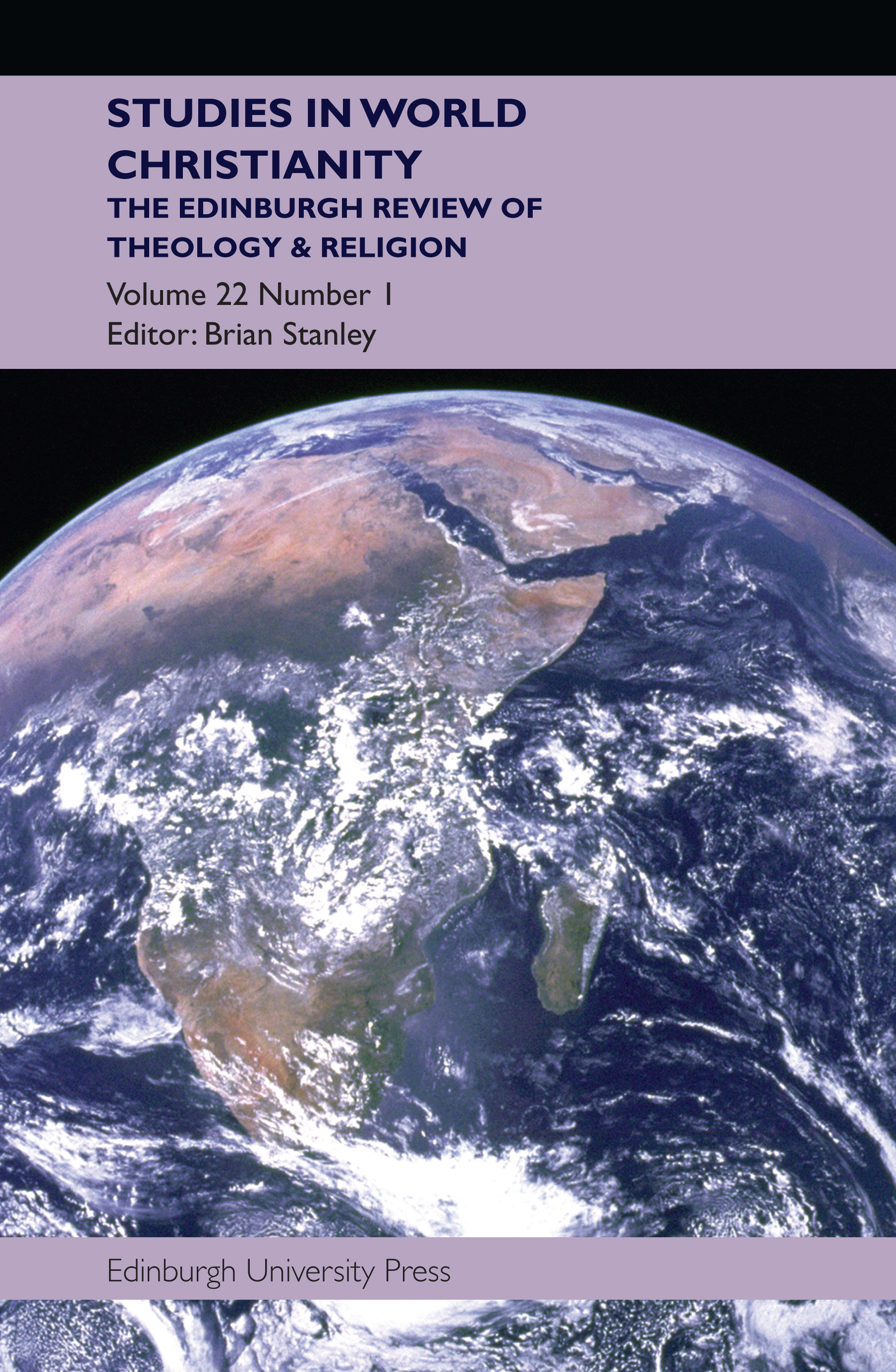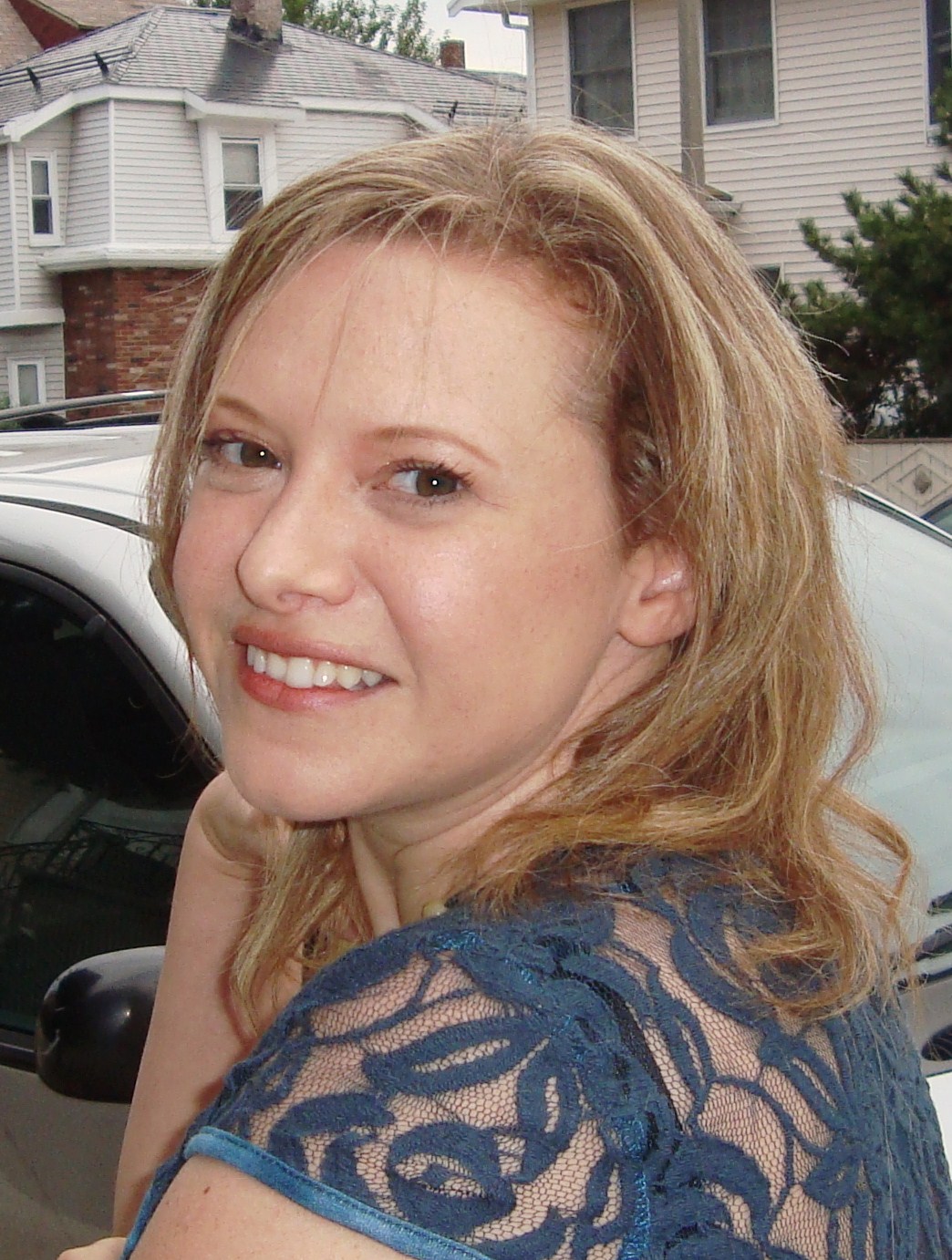
By Eva Pascal
What do Buddhist monks and Christian friars have in common? Quite a bit, in fact. While travelling widely across Asia in the late sixteenth century, Franciscans had rich encounters and exchanges with Buddhist monks that led them to identify Buddhism as a unified tradition and a powerful religion in the region.
Westerners encountering new cultures in the early modern period often found it difficult to categorize unfamiliar traditions. For many, the religious landscape was divided into Christianity, Judaism, and Islam. Anything outside of that landscape was lumped together as idolatry or paganism – often described as superstition. Repeated new encounters with other traditions prompted new categories with newly identified religions. Many scholars of the process of the transformation of how Westerners categorized and understood religion agree that Buddhism, when it came to be identified as a single entity in the West, had the special distinction of being the first religion parallel to Christianity, and the first “world religion” next to Christianity. Scholars have largely assumed the idea of Buddhism as a common religion across Asia emerged in the west in the nineteenth century.
My research on Spanish Franciscan missionaries in Asia in the sixteenth-century tells a different story. Their discoveries and reflections demonstrate that the idea of Buddhism as a common religion across much of Asia emerged much earlier. Spanish friars, in their interactions with Buddhist monks in Thailand, China, and Japan, recognized a common, unifying core. The Franciscans not only perceived a single founder behind the various names used for the Buddha in Asia, they also recognized the features of “religion.”
What experiences prompted friars to identify Buddhism as a religious entity? It had much to do with what the friars had in common with the monks, and in turn how the monks saw themselves mirrored in the friars. Friars and monks looked similar in appearance—going barefoot, cutting their hair, wearing robes, and carrying alms-bags to collect gifts. Lay Buddhists even received the friars with great reverence and gave them food, gifts, and invited them to their homes—in short, they treated the friars like religious authorities. The friars went on alms-walks with the monks and visited their temples. Among many other similarities, Buddhist monks, like friars, lived in monastic communities, adhered to a life of voluntary poverty, took vows of chastity, and preached obedience to commandments.
In other words, Franciscans concluded that Buddhist monks were not merely superstitious—the label associated with heathen ideas. Instead, they began to use the terms “religious” and “religion” for Buddhist institutions, beliefs, and practices because the Franciscans recognized monks as their counterparts. The parallels led the Franciscan missionaries to introduce Buddhism to the West as a religion, a total system comparable to Christianity.
Read Eva’s article ‘Buddhist Monks and Christian Friars: Religious and Cultural Exchange in the Making of Buddhism’ in Studies in World Christianity, 22.1.
Eva M. Pascal is a Research Fellow at the Center for Global Christianity and Mission at  Boston University, and a doctoral candidate in Religious Studies. She is originally from the Bay of Honduras and taught at Payap University in Thailand for fours years. Her research and writing focuses on the interaction between Christianity and other religions, particularly Buddhism, in Asia.
Boston University, and a doctoral candidate in Religious Studies. She is originally from the Bay of Honduras and taught at Payap University in Thailand for fours years. Her research and writing focuses on the interaction between Christianity and other religions, particularly Buddhism, in Asia.





